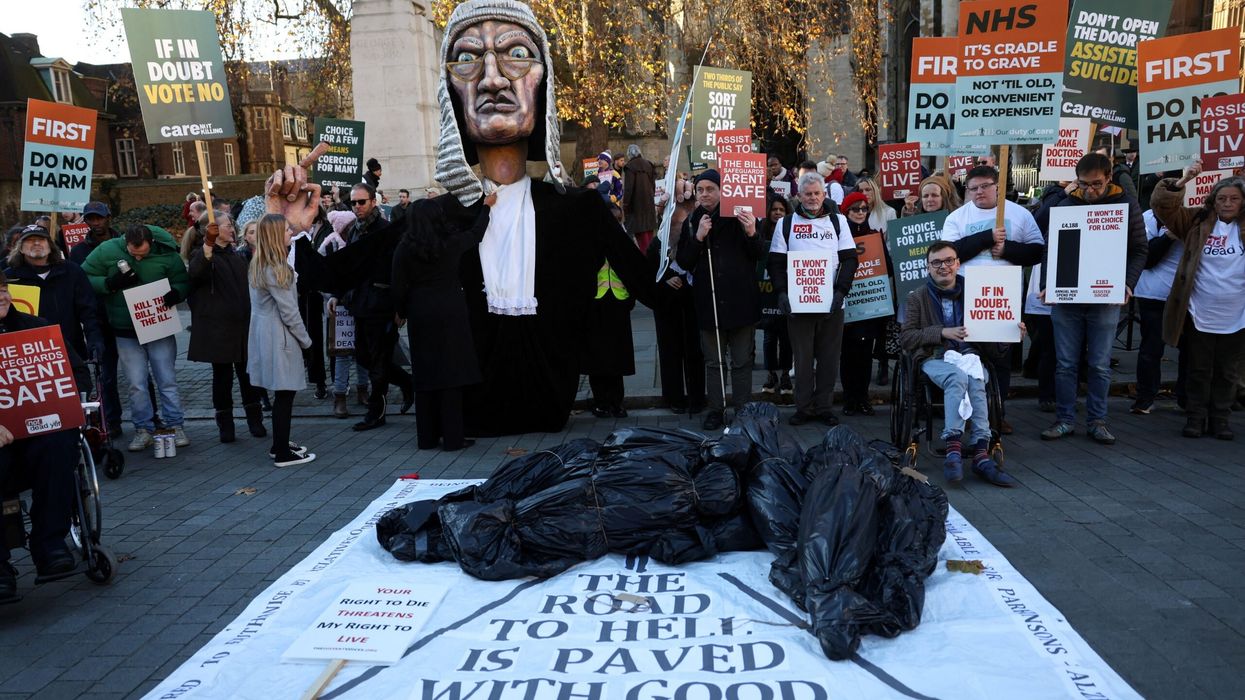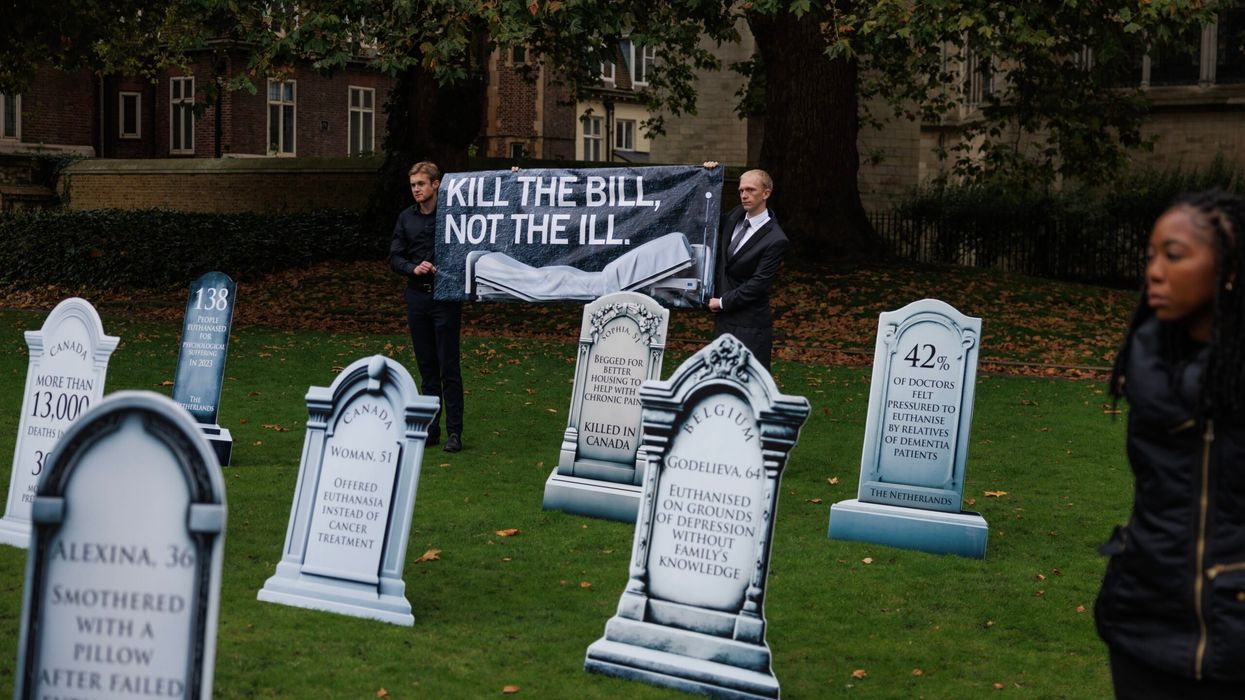by MITA MISTRY
I RECENTLY visited my brother and his family in Singapore, where I met a few of their friends, who often share interesting stories. And one of them, Sarah, told me about a painting that she had created as an 11-year-old while living at home in Germany. It was a unique painting that she’d based on an African totem pole made of bright colours, which was inspired by their family travels to Africa. A carefully illustrated brown coffee cup on the bottom right-hand corner with Sarah painted in black beneath it made the painting rather unusual.
When she left home at 18, Sarah’s mum donated much of her artwork to a local charity shop, since Sarah was travelling and didn’t have a place for it. And that was the end of that. But then recently her mum visited a local coffee shop, where paintings were displayed for sale by a local artist. She was completely dumbstruck when she saw one that resembled the totem pole Sarah had created some 25 years ago and sent a photo of it to Sarah with a caption, “Do you recognise this painting?”
Sarah inspected the photo, zooming in on the coffee cup and the name of the artist beneath, Marie Graham. And she immediately replied, “Yes, oh my gosh. I painted that! Where did you see it?” Her mother explained and although Sarah had consented for her artwork tobe given away, she was intrigued at who this artist was. Through Google, she found a Facebook page showing a range of Marie’s work, who was indeed an established artist. She decided to contact Marie to ask about the history of the painting and what had inspired her.
Interestingly, Marie responded almost instantaneously explaining it was a one-off piece that she’d painted around 25 years ago. Sarah’s reaction was of complete disbelief that an artist would claim her 11-year-old self’s painting to be one of her creations. After some deliberations with her family, Sarah emailed Marie again clarifying that she actually painted it at school and her name had been painted over.
At this point, you would think Marie must have been concerned that her reputation might be at stake, but she casually replied with, ‘I just pimped up your painting. I would love to meet you for a coffee to return it to it’s original home’. Of course, it was not possible for Sarah to fly to Germany to collect the painting, so her mother arranged to meet Marie at the coffee shop instead. On the day of collection, due to an unforeseen virus, Marie was unable to meet, but she told the coffee shop staff that a lady would be collecting the said painting under the secret code word ‘Sarah.’
The painting is now back in Singapore, in Sarah’s home. And although she let the painting go, she has framed it realising that perhaps some objects carry energy and are never meant to leave us, but always find their way back to us.
Is there a personal object that you connect with that has a story?
www.mitamistry.co.uk & www.twitter.com/MitaMistry













